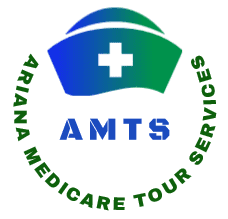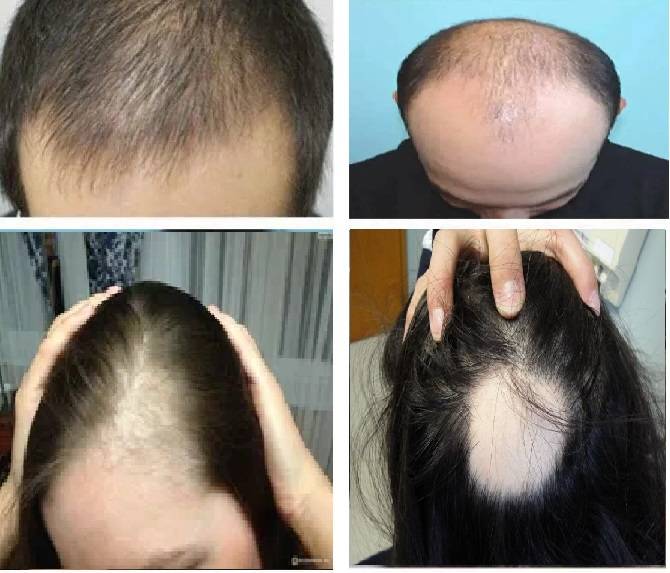Hair transplantation in Iran
“The specialized hair transplant center in Iran and the city of Shiraz – amazing results and modern techniques to restore your hair with confidence”

Article contents
- Introduction
- Advantages of hair transplantation in Iran
- Experience and skill
- Appropriate cost
- Appropriate and integrated medical care
- Post-transplant follow-up
- Free pre- and post-transplant consultation
- Perform all cultivation steps accurately
Introduction
In recent years, Iran has become a popular destination for medical tourism, especially in the field of hair transplantation. Hair transplantation is one of the most popular procedures in the field of plastic surgery.
In this article, we will mention the reasons that make Iran an ideal destination for this type of surgery, as follows:
- Experience and skill:
Iran has highly skilled and experienced plastic surgeons in the field of hair transplantation. Our surgeons are trained on the latest technologies and international standards, ensuring satisfactory outcomes for patients. - Appropriate cost:
The cost of hair transplantation in Iran is low compared to other countries. Patients can save up to 50-70% of the expected cost in European or American countries. The average cost of hair transplantation in Iran is around 700 USD. - Convenient and integrated medical care:
Hospitals and clinics in Iran provide comprehensive medical care services to international patients. This includes organizing the trip, accommodation, transportation, and medical follow-up after the operation. - Post-transplant follow-up:
Post-op care and guidance is provided to maintain good results and ensure a healthy recovery. This may include recommendations on washing the scalp, avoiding pressing or scratching the transplanted area, and using prescribed medications if needed. - Medical consultation:
A doctor who specializes in hair transplantation is consulted to assess the condition, discuss goals and expectations, and conduct the necessary examinations. - Accurately perform all cultivation steps:
Hair transplantation in Shiraz usually follows the same general procedures as hair transplantation in other places. The following steps are performed:
- Hair preparation:
Hair is collected from the selected donor area, which is usually the back of the scalp, and the hair is prepared for transplantation.
The surgeon selects the ideal hairline and designs it according to the natural hair distribution and the desired expectations from the operation.
- Capillary unit extraction:
Capillary units are extracted from collected hair using special tools such as hollow clamps or mechanical miniaturization. Each hair unit contains one or more hairs together with the surrounding skin.
- Open channels:
Small channels are created in the implantation area by the surgeon using specialized tools. The channels are carefully oriented according to the hair’s natural growth angles and desired distribution.
- Capillary unit transplantation:
Capillary units are implanted into the extracted channels. The hair is carefully placed into the target location and pinned securely.
- Post-operative care:
Important guidelines are given for post-operative care, such as taking prescribed medications, continuing to wash and take care of the scalp, and avoiding pressing or scratching the transplanted area.
- Washing directions:
The patient must follow the directions of the attending physician regarding washing the scalp and the transplanted hair. The appropriate timing and method of washing is determined to maintain good results.
- Avoid squeezing and scratching:
The patient is advised to avoid direct pressure or scratching on the transplanted area to maintain the stability of the transplanted hair units and avoid causing any damage.
- Prescribed medications:
Certain medications such as anti-inflammatories or hair growth stimulators may be prescribed for post-operative use. The patient should follow the treating physician’s instructions regarding the timing, dosage, and application of the medications.
- Follow-up:
A hair transplant procedure usually requires several follow-up sessions and visits to assess progression of results and direct any additional care. The schedule for repeat visits is determined based on the individual patient’s condition.
Remember that these are general guidelines and you should always consult with your physician for directions that are accurate and appropriate to your individual situation.
Sources:


